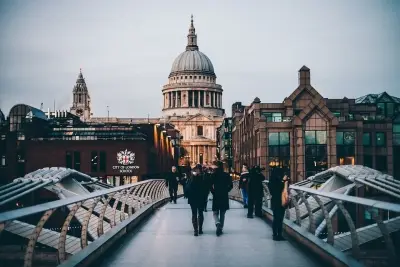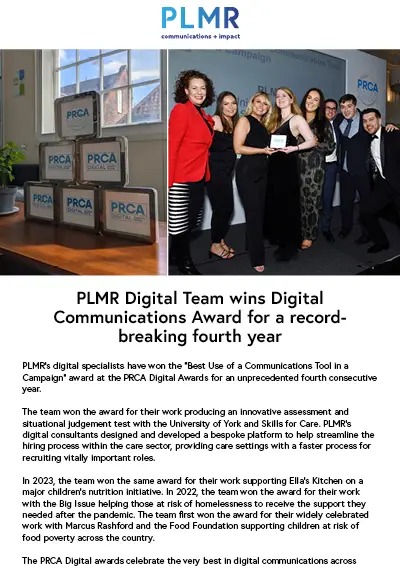A new vision document from the Mayor of London highlights his desire to make the capital a ‘global leader in the way we plan for life at night’. But in a city where world-renowned night-time venues face an existential threat from new housing development, how is he going to make that a reality?
In 2011 the Ministry of Sound was celebrating its 20th birthday. One of the world’s first super-clubs, Ministry had grown into an internationally recognised music brand, but its heart remained in the club venue just around the corner from Elephant & Castle station in south London. When Ministry first opened its doors in 1991 the area was run-down with very little housing nearby, an ideal location for a club famous for the quality and power of its sound-system. By 2011 the Elephant & Castle, like much of London, was seeing an enormous amount of new residential development, putting the future of the nightclub at risk. The problem is simple; if enough residents of a new housing development complain about noise, the venue will lose its licence to operate, no matter how long it has been established. Other venues in London, including The End, Turnmills and The Astoria had already lost their battles for survival, but Ministry had the resources to take the fight to the developers.
PLMR had the privilege of working on Ministry’s successful Save Our Club campaign, which eventually saw a legal agreement put in place to secure the future of the club when a new residential tower was built nearby. But many other music and nightlife venues in London don’t have the resources to mount a campaign like this. This is where the Mayor’s vision, and the emerging London Plan, can make a difference.
The Mayor’s Vision document, From good night to great night, recognises the challenges posed in finding a balance between encouraging growth and supporting and protecting the night-time economy. It even references Ministry’s battle to survive as an example of the challenges faced. The Vision highlights the need to safeguard pubs, live music venues and clubs, which it describes as ‘the backbone of our night culture’. However, it also notes that London is becoming an increasingly dense city, and that Londoners must have the ‘respite required for good sleep’.
The Vision document provides a useful analysis of the challenges and opportunities, but does not offer solutions. For that we will need to wait for publication of the new London Plan, the Mayor’s spatial development strategy for London, setting out an economic, environmental, transport and social framework for development. The new London Plan is expected to be published in 2018, but a preview of what it may include on the 24 hour city can be found in a draft Supplementary Planning Guidance document published earlier this year, Culture and the night time economy. This draft guidance is currently at the public consultation stage, but does provide a number of recommendations in terms of amending and strengthening planning policy to secure important night time economy assets.
How much of this will make it into the new London Plan, and how much of an impact this has on decision-making by developers, venue operators and the London Boroughs that ultimately determine planning and licensing decisions remains to be seen. It is encouraging to see London’s Mayor championing the important role that night-time venues play in the social and economic fabric of the city, but only time will tell if his vision for a 24 hour city is realised.




